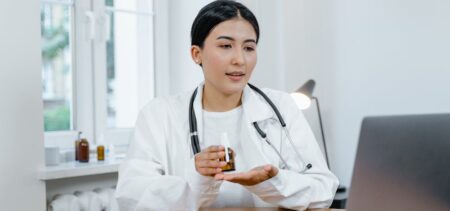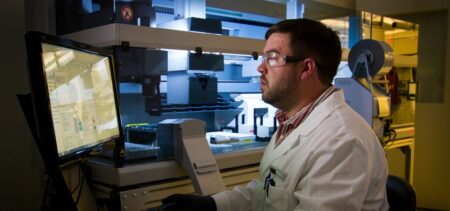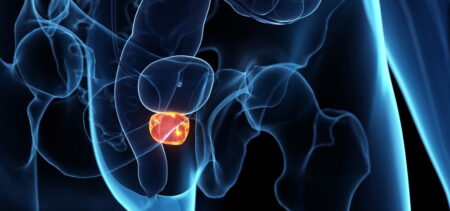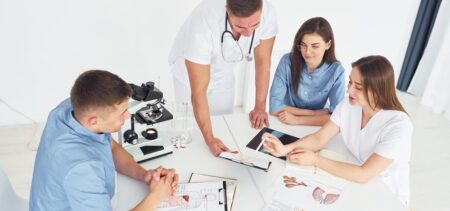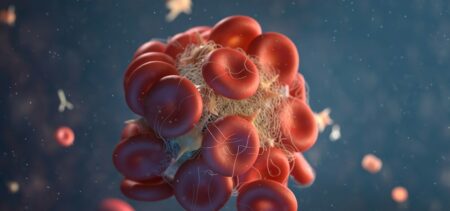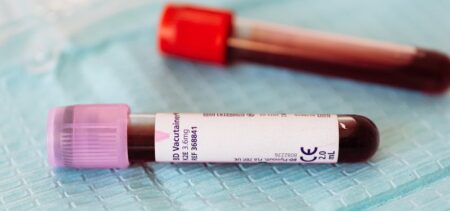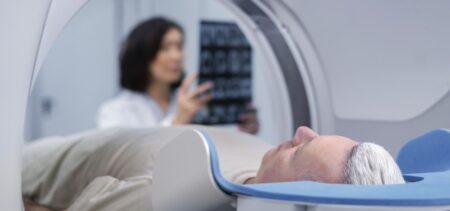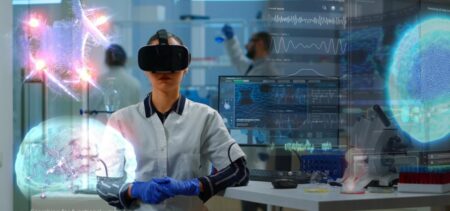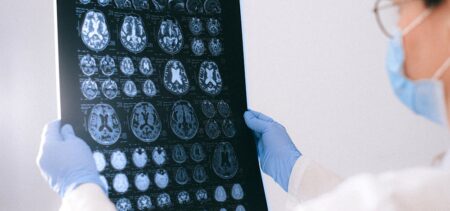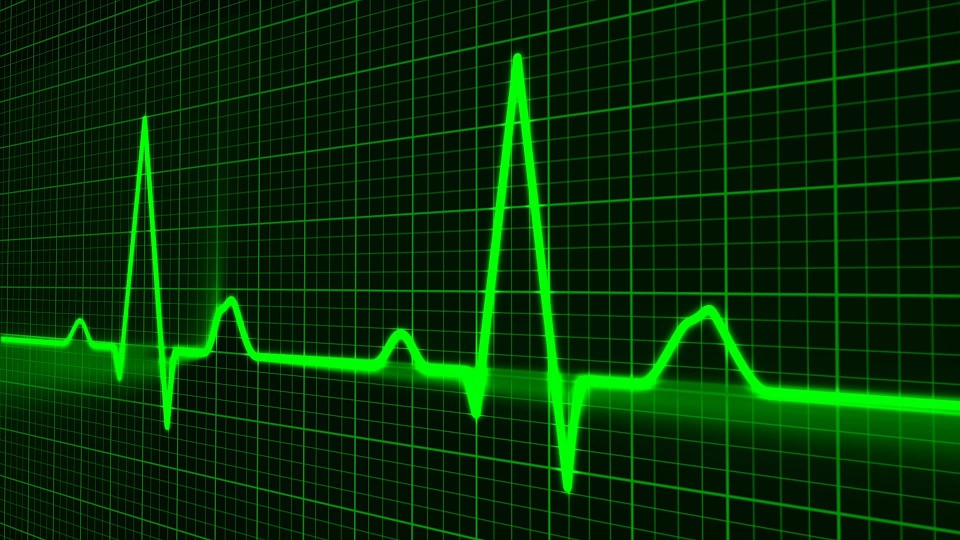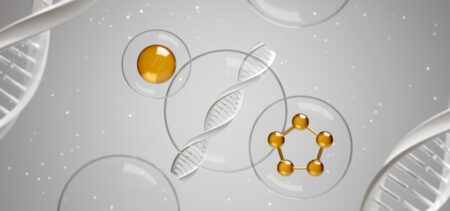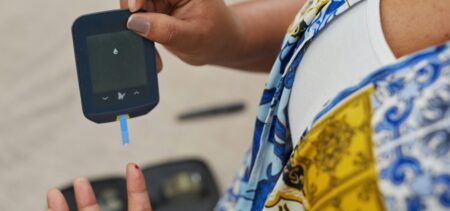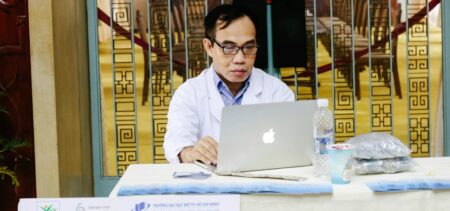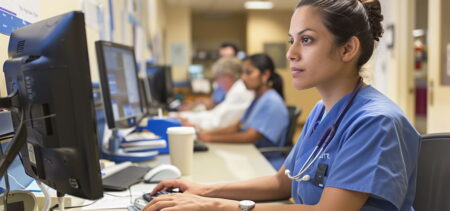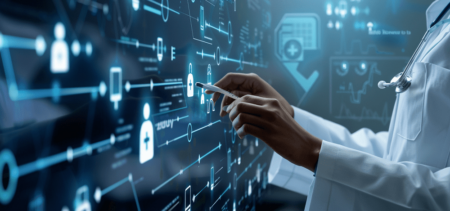Perhaps you remember how biosimilars are similar drugs to biopharmaceuticals. Biosimilars employ biosimilar approval pathways. These pathways are necessary in order to allow the manufacturing of these versions of the original drug. The approval depends on the expiration date of the exclusivity. Let’s explore what biobetters are, in comparison.
Compared to biosimilars, biobetters define as “similar (in terms of active agent and indications) biopharmaceuticals (follow-on biologics) too dissimilar relative to their reference product to receive approvals through formal biosimilar approval pathways, i.e., these products receive full approvals, e.g, BLAs in the U.S. These products often involve modifications of the active agents or delivery systems”.
In other words, this time the manufactured product attempts to supersede the original product. The upgrades come from alterations that are of the utmost importance. The alterations make a full approval necessary. The purpose is to maximize clinical performance and improve various therapeutic effects (safety, efficacy, longevity, stability, reduced immunogenity). Biobetters result via modified protein sequences or glyco-engineering. They often require a lower dosing frequency.
Biobetters, contextual
Although the predicted growth and traction on the biosimilars market might continue to elude some people, the attraction of biobetters might be easier to understand via comparison.
Reproducing biopharmaceutic products can take up a lot of investment. This only pays off once the amount of sold products is large enough to cover expenses. Currently, because the approval fees are high and the manufacturing process equally costly, biosimilars risk ending up with the same pricing the original biologic drugs have. A characteristic that makes it less likely to constitute an attractive unique value offer. Changes are needed to make biosimilars become a serious competition to original biopharmaceutics.
Biobetters on the other hand add new elements to the equation. They do not just aim at reproducing an original therapeutic substance. Biobetters bring on new features that improve the treatment. This changes the horizon, as well as takes them out of the biosimilar approval procedures. Biobetters are patentable, take more years to develop than biosimilars (10 years as opposed to 7-8 years). Therefore biobetters go for the premium price range. Their cost nevertheless is double than in the case of biosimilars. The figures are around $500MM, while biosimilars are listed with a cost of exactly half of that sum. You may see this here, in the 6th slide of an interesting slide share approaching IBM Watson’s role in the biobetters consulting activity.
Geographical distribution of biobetters
With this in mind, it is useful to see how in USA, out of the two categories of follow-up products, biobetters actually predominate. Meanwhile in Europe biosimilars lead by a small number, and in Asia they exceed biobetters by almost two thirds.
When checking pipelines by phase of development, biobetters lead in Phase I to III. Biosimilars dominate the market in what the preclinical phase is concerned, as well in the marketed (and developed markets presence) phase. The overall image pictures a close race between the two categories.
Leading brands
The leading company in biosimilars is Harvest Moon Pharmaceuticals USA, Inc. When searching for leading brands in biobetters, the SynBio project shows up as the long-term joint venture. It launched in 2011 and reunites Xenetic Biosciences, SymBioTec GmbH and HSCI in the development process of innovative medicines, biobetters included. Other companies are involved in similar processes, of course. Yet the SynBio project streamlines the actual R&D with the creation of modern production facilities.
Brands deemed to have competitive capabilities are also Cyclica or Accelrys. The potential industry leaders to also take part in this biobetters race would be those renowned for their biopharmaceutical products. Novo Nordisk, the Roche Group, Eli Lilly or GlaxoSmithKline are some of the potentials. Novo Nordisk and Merck & Co. appear to be the biobetter strategists, while the Roche Group, Biogen Idec, Amgen, Sanofi-Aventis and Eli Lilly are the bioleaders.
The leading biobetter product in what development is concerned is based on Epogen/Procrit (epoetin alfa) – with 26 variants in the process. It serves in treating anemia, by stimulating the bone marrow to produce red blood cells. FDA approved this original biopharmaceutical in 1989. Also named erythropoietin, this drug is produced by recombinant DNA technology in mammalian cell culture.
How did biobetters appear?
It seems only logical that seeking superiority in the products developed via research & development activities would prevail over establishing similarity. Once the initial idea is already there for the taking, those who take it further might as well improve it.
As a term, biobetter is atttributed to Mr GV Prasad, CEO of Dr Reddy’s Laboratories, during a thematic conference in 2007, but a unified definition is still lacking.
Biobetters share with original biopharmaceuticals and with their biosimilars the same target protein (each inside its own micro-group), while integrating structural changes or even bi-functional targeting, “with or without a biosimilar core”.
Besides qualifying as such due to regulatory categorization, biobetters represent an extra step in the quasi reverse-engineering process that describes biosimilars. Another key element would be that biobetters actually have the potential to compete with the original product on the market and even replace it. There is an organic need for this biopharmaceutical drugs (coming from the existence of the affections they ameliorate). There also is a logical need for them due to the fact that they drive innovation and stimulate improvements in the already-existing drug formulas.



